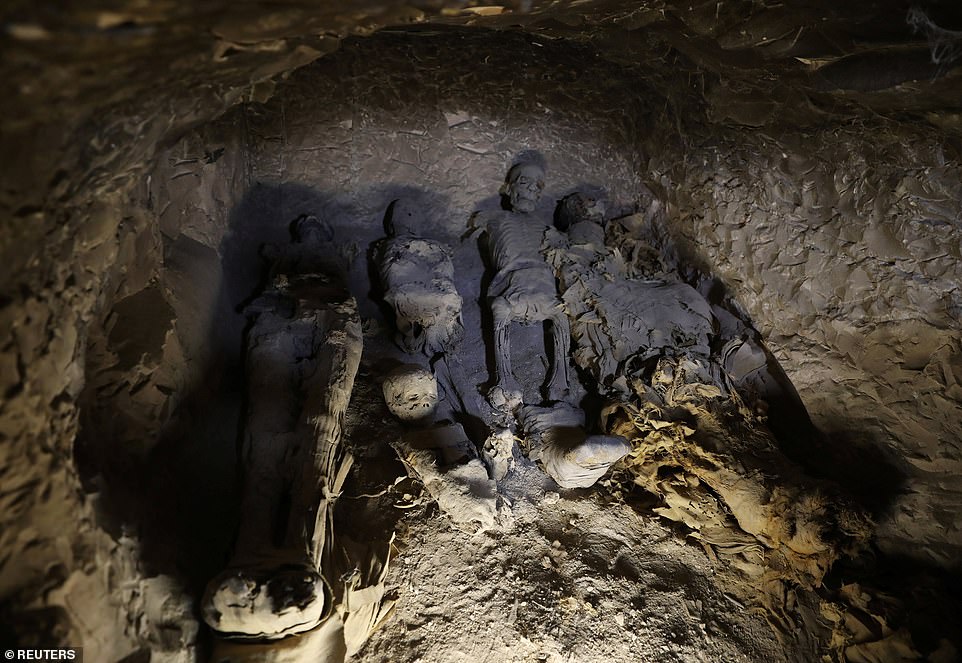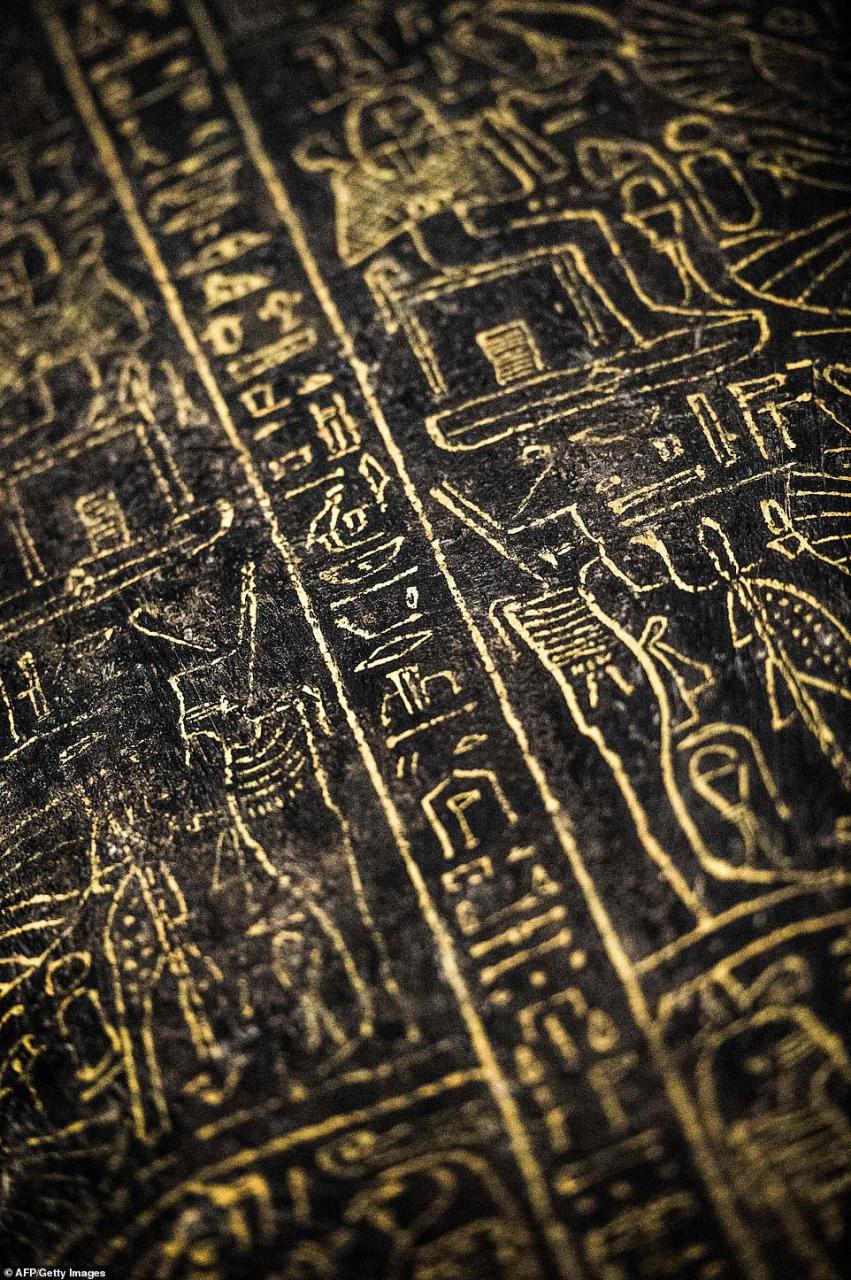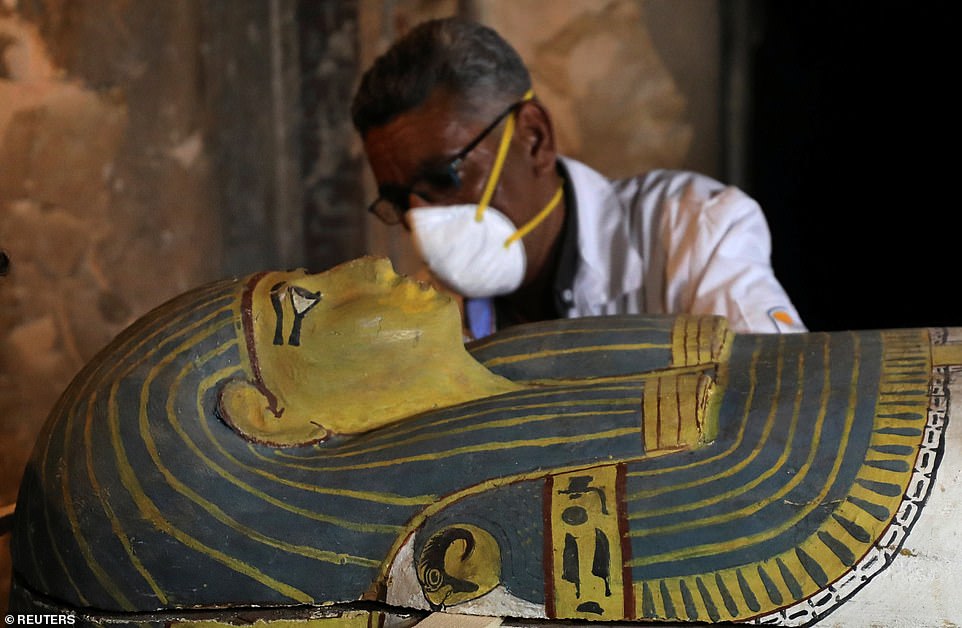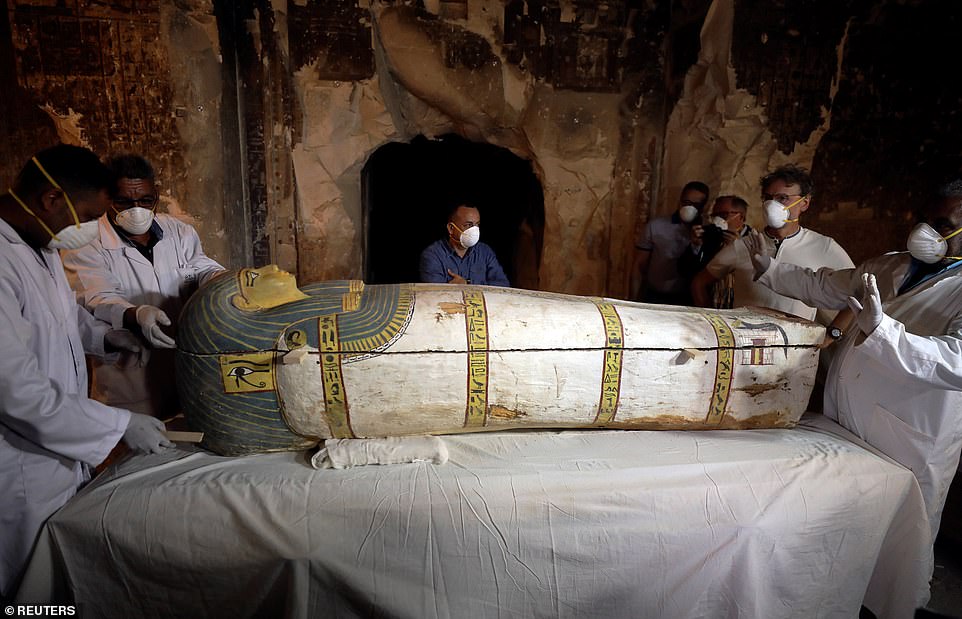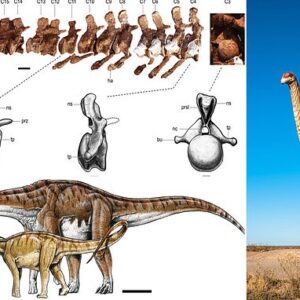The mummy of a 3,000-year-old woman has been found almost perfectly preserved in a coffin in Egypt.
The sarcophagus was one of two found in an ancient tomb at El-Asasef, Luxor, on the bank of the Nile River near the Valley of the Kings.
The first had previously been opened by Egyptian antiquities officials and contained a priest who oversaw the embalming of the pharaohs.
“The sarcophagus is of the rishi style, dating from the 17th dynasty, while the mummy is from the 18th dynasty,” said Antiquities Minister Khaled Al Anani. “The two tombs were present with these mummies inside.”
The 18th Dynasty dates back to the 13th century BC. C. and is one of the best-known periods of Egypt, with some of the most famous pharaohs, including Tutankhamun and Ramses II.
It was the first time the ministry had unsealed an unopened sarcophagus before the international media.
Please note that the text you provided contains a combination of characters and text that may not display correctly due to encoding issues. If you need further help or clarification, please let me know.
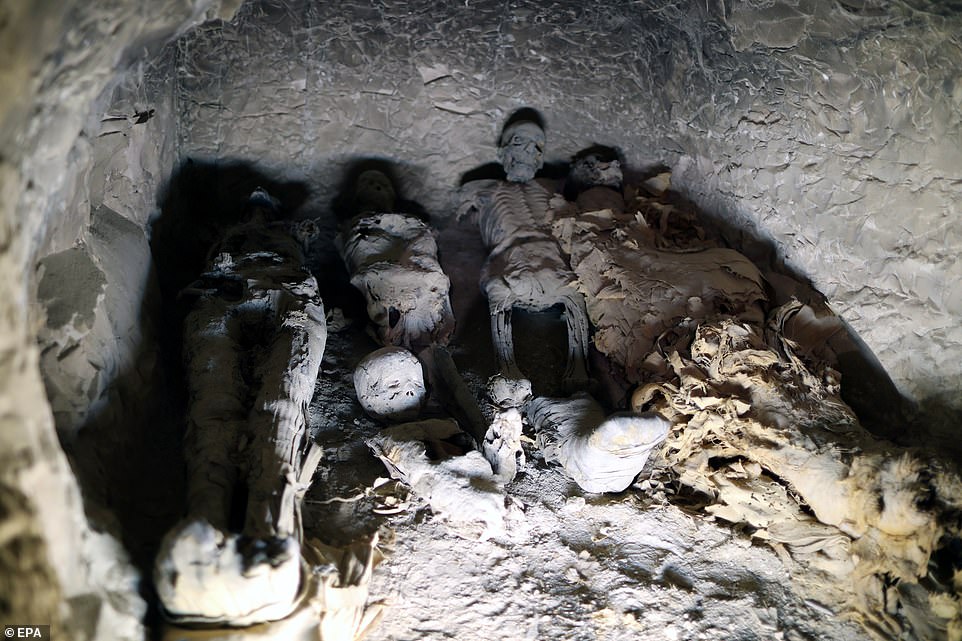
Skeletons were found in ancient tombs at El-Asasef, Luxor, on the bank of the Nile River, near the Valley of the Kings.

Egyptian archaeologists have discovered the almost perfectly intact tomb of a 3,000-year-old woman.
The mummy is known as Thaw-Irkhet-if.
The tomb contained five colorful masks and about 1,000 Ushabti statues, miniature figures of servants who serve the deceased in the afterlife.
Over the course of five months, three hundred and six mummified remains were removed from fluted baskets to reveal the tomb, which contained colorful coffins with intricate paintings depicting the owner and her family.
The tomb, which also contains mummies, skeletons and skulls, dates from the Late Period and belonged to a family of priests.
The ancient Egyptians mummified humans to preserve their bodies for the afterlife.
Egypt has revealed dozens of ancient discoveries since the beginning of this year.
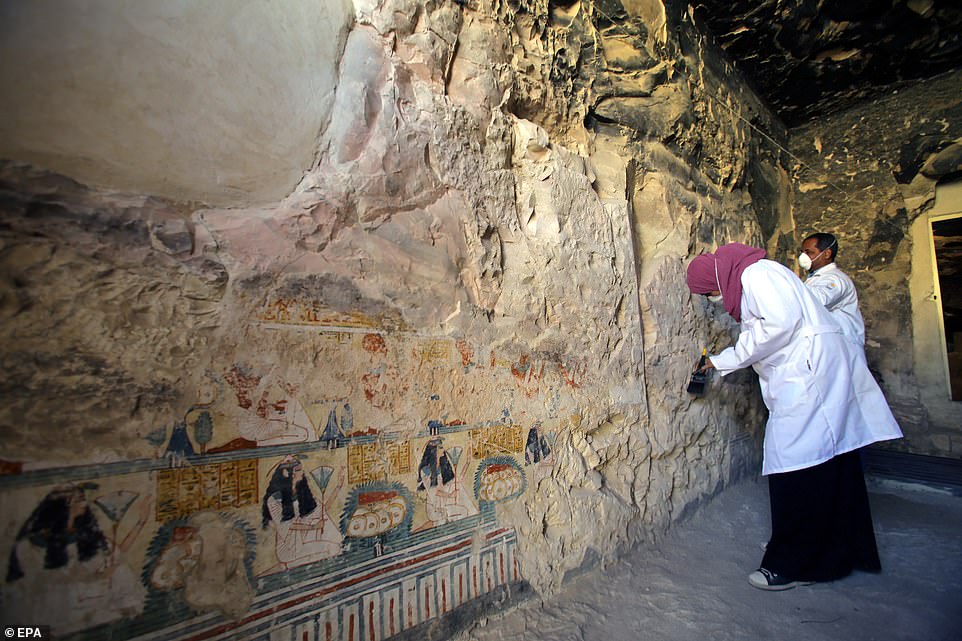
Egyptian archaeologists worked on restoring all the painted masks and mummy remains inside the newly discovered tomb in the Al-Asasif Necropolis.

An infant mummy lies inside the newly discovered burial at the Al-Asasif Necropolis in Luxor, Egypt, on November 24, 2018.
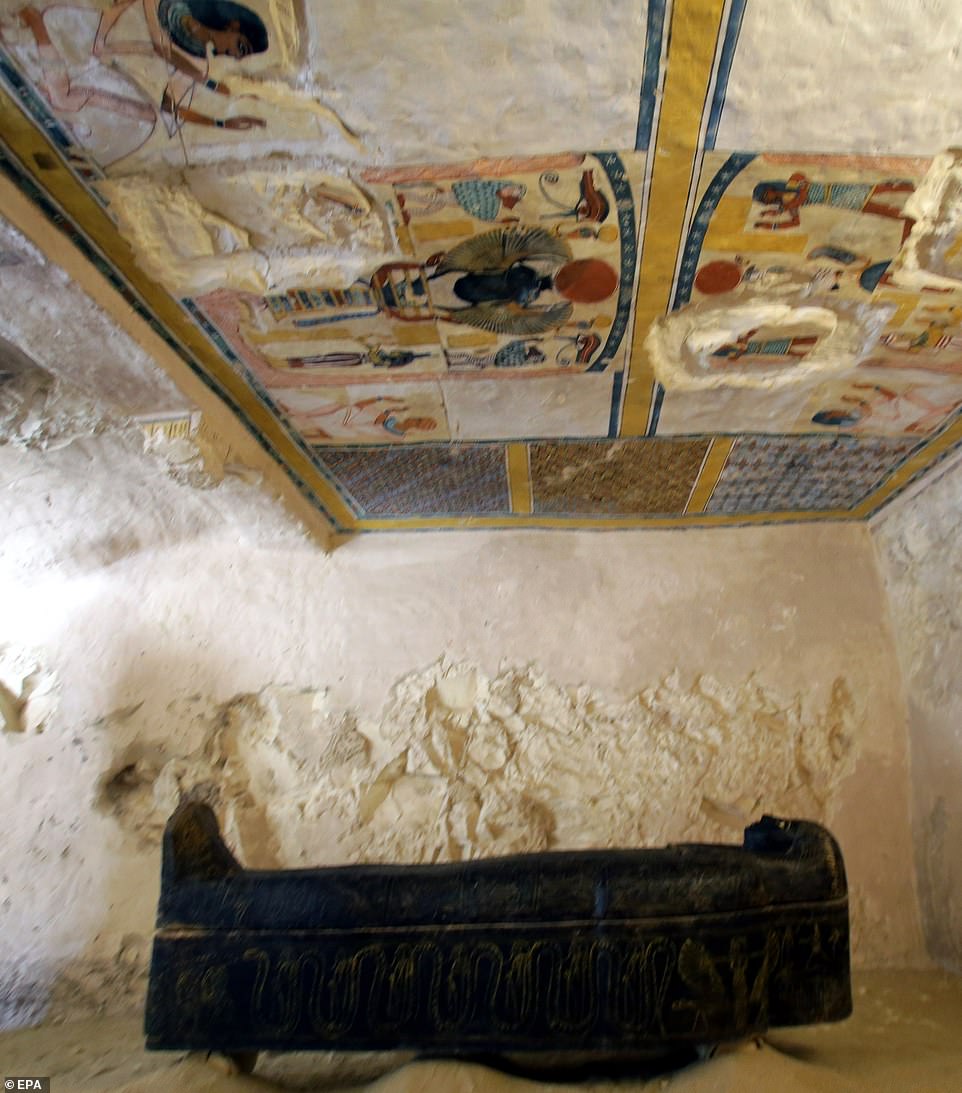
A view of the interior of the newly discovered tomb at the Al-Asasif Necropolis in Luxor, located 700 kilometers south of Egypt’s capital Cairo, on November 24, 2018.
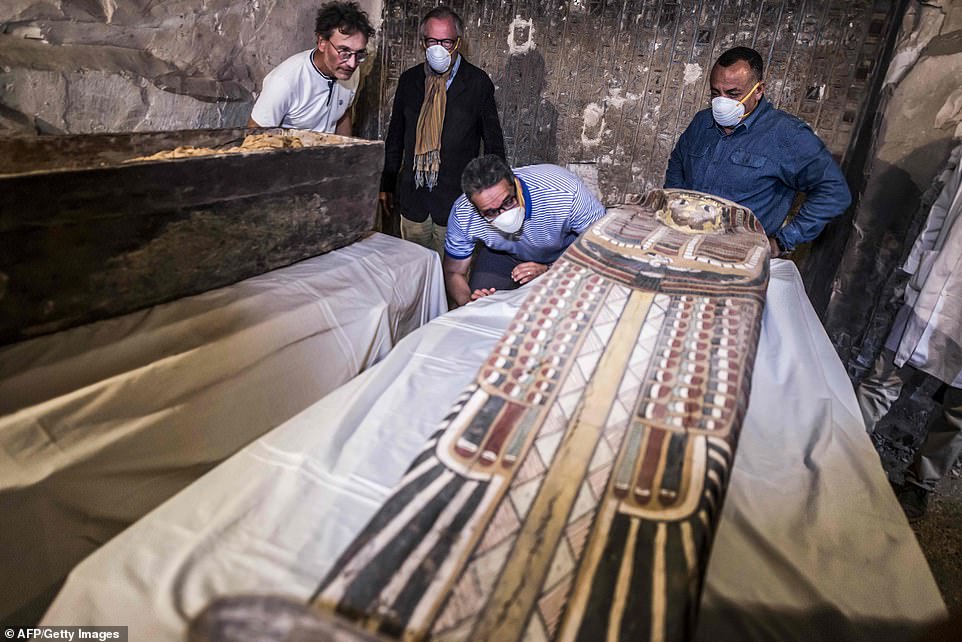
Egypt’s Minister of Antiquities Khaled El-Enany (center) and Mostafa Waziri (right), Secretary General of the Supreme Council of Antiquities, inspect an intact sarcophagus during its inauguration at the Al-Asasif Necropolis.
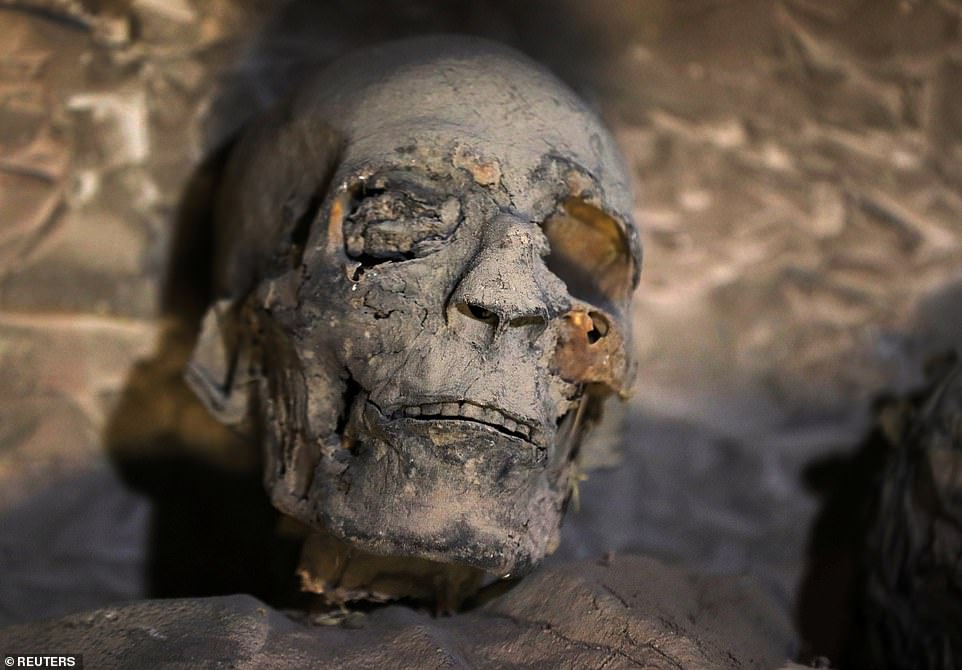
A single skill is found inside a newly discovered funerary tomb at the Al-Asasif Necropolis in Luxor, Egypt, on November 24, 2018.

An Egyptian archaeologist brushes the top of a black wooden sarcophagus carved and covered with gold leaf on November 24, 2018.
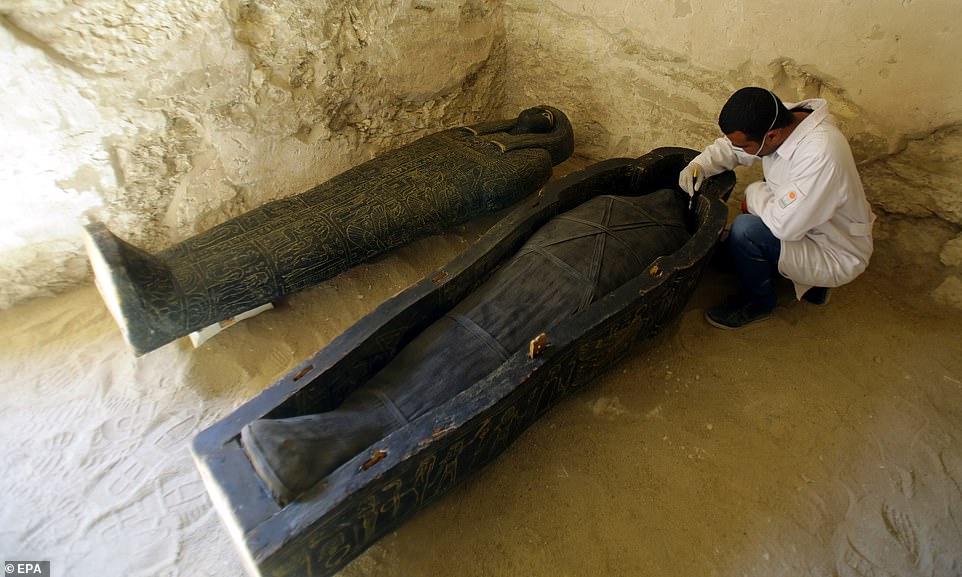
An Egyptian archaeologist works on the restoration of a sarcophagus inside the tomb of the Al-Asasif Necropolis, in Luxor, located 700 kilometers south of Cairo.
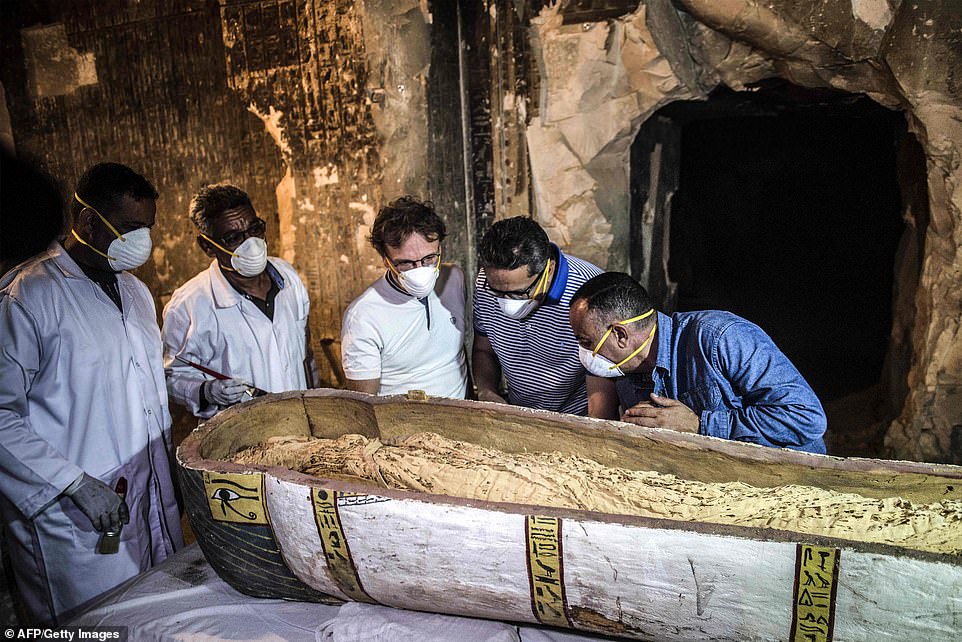
Egypt’s Minister of Antiquities Khaled El-Enany (center) and Mostafa Waziri (right), secretary general of the Supreme Council of Antiquities, inspect intact sarcophagi.
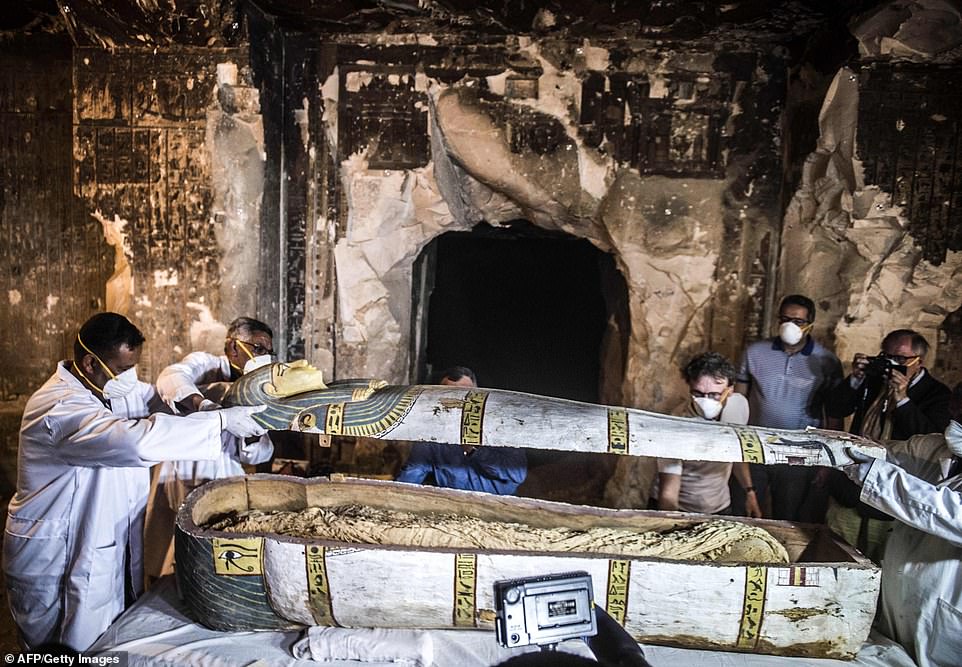
The tomb in the Al-Asasif Necropolis on the west bank of the Nile, north of the southern Egyptian city of Luxor, was discovered earlier this month by a French mission.

Egyptian archaeologists work on restoring ceramics, including plates and vases, outside the newly discovered tomb at the Al-Asasif Necropolis.
